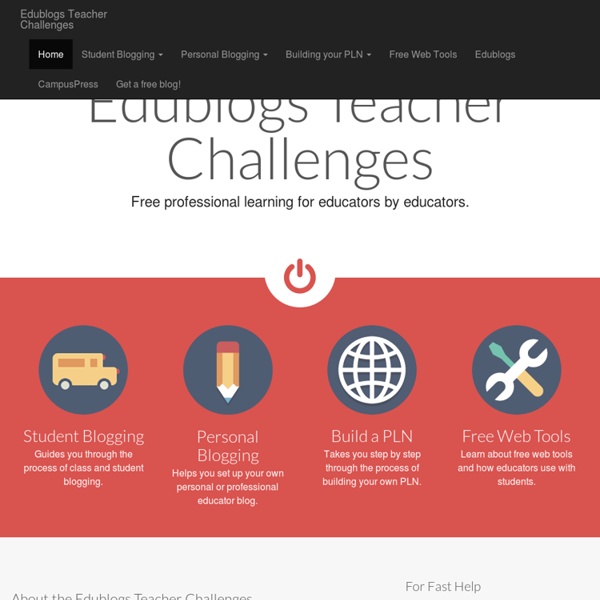



The Lorax The book is commonly recognized as a fable concerning the danger corporate greed poses to nature, using the literary element of personification to give life to industry as the Once-ler (whose face is never shown in any of the story's illustrations or in the television special) and the environment as The Lorax. Plot[edit] By cutting down the tree, however, he summoned the titular Lorax to appear from the stump of a Truffula tree. He "speaks for the trees, for the trees have no tongues" and warned the Once-ler of the consequences of cutting down the truffula trees, but the Once-ler ignored him, instead calling his relatives to come and work in his factory. As soon as the Thneed industry kept expanding, the once beautiful area became choked with pollution and the Lorax sent away the fauna to find more hospitable habitats. Reception[edit] Based on a 2007 online poll, the National Education Association named the book one of its "Teachers' Top 100 Books for Children Controversy[edit]
Catch the Wave iLearn Technology m3teacher BrainFlips | Home of the world's smartest flashcards | Flashcards | Online Flashcard | Online Flashcards www.ictsteps.com All About Adolescent Literacy e-Learning 2011 30+ Cool Content Curation Tools for Personal & Professional Use As the web becomes more and more inundated with blogs, videos, tweets, status updates, news, articles, and countless other forms of content, “information overload” is something we all seem to suffer. It is becoming more difficult to weed through all the “stuff” out there and pluck out the best, most share-worthy tidbits of information, especially if your topic is niche. Let’s face it, Google definitely has its shortcomings when it comes to content curation and the more it tries to cater to all audiences, the less useful it becomes. The demand for timely, relevant content that is specific to our unique interests and perspectives has given rise to a new generation of tools that aim to help individuals and companies curate content from the web and deliver it in a meaningful way. Here’s a look at over 30 content curation tools (mostly free, but some paid/professional tools as well) that will help you cut through the clutter of your information stream to find the gems. Comments(65)
Artichoke Abstract: Claims for the transformative effects of e-learning on student learning outcomes imply changes in the nature of learning when learning is mediated by technology. If it can be shown that the nature of learning changes in a distinctive way when learning is mediated by technology (Andrews 2011) then it seems plausible that the evidence for learning might also change. This paper explores how "assessment for learning" might change in a digital culture where students are "collaborative producers" of learning. It identifies some distinctive changes in the nature of the evidence for learning when learning is mediated by technology and asks whether these changes in evidence needs a new approach and/or theory of assessment. Introduction e-Learning remains a speculative field. Haythornwaite and Andrews (2011) suggest we lack a theoretical perspective on e-learning. To ask what kind of "assessment for learning" is appropriate in the age of Google and Wikipedia? 1. 2. 3. 4. References
Hubii Publishers If you are a publisher we are interested in talking to you to describe our revenue model. This matters to you as we want to create an environment to provide a sustainable revenue model for all parts involved, therefore please send us an email to info@hubii.com If you would like to add Publications to Hubii you can do that on this form. Work with us We are always looking for talented individuals with the right attitude; Attitude is important to us.
Blogging ideas plus a list of common web 2.0 tools for writing. As good a list for starting out as any. by shellyw39 Jan 13